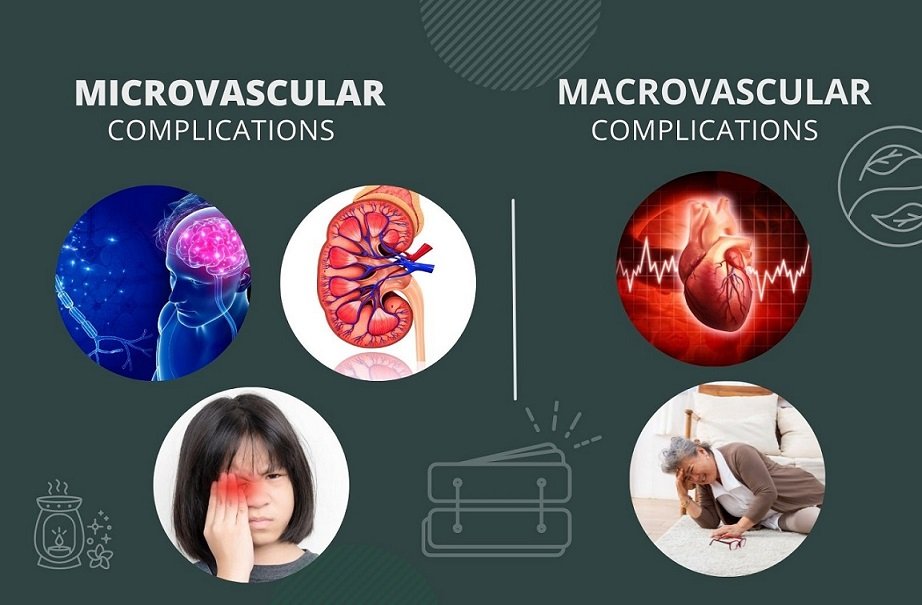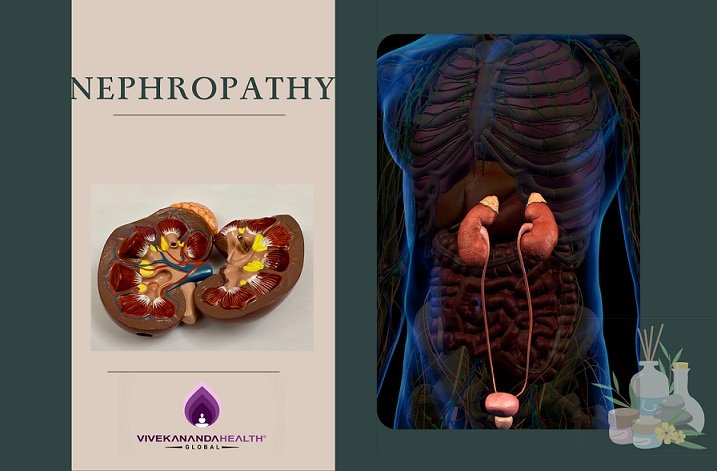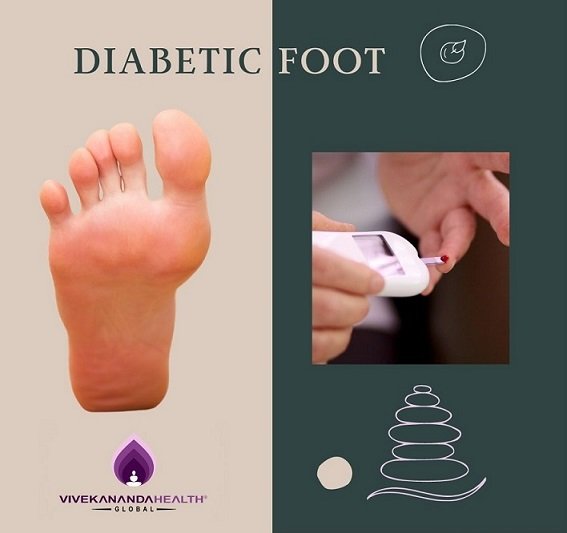Complication of Diabetes
Diabetes is a high level of blood glucose. When the pancreas is no longer able to make insulin, or when the body cannot utilize the insulin it produces.
Complication of diabetes
Diabetes can affect many different organ systems in the body and, over time, can lead to serious complications. Complications from diabetes can be classified as microvascular or macrovascular types.
Microvascular complications include nervous system damage (neuropathy), renal system damage (nephropathy) and eye damage (retinopathy). Macrovascular complications include cardiovascular disease, stroke and peripheral vascular disease which may lead to gangrene and amputation. We may see other problems which we might cant be categorized under the above. They include dental disease, reduced resistance to infections, and birth complications among women with gestational diabetes.

Peripheral arterial disease
Peripheral arterial disease is caused by narrowing of blood vessels that carry blood to the arm and legs. In people with this condition the risk of Peripheral arterial disease is increased by age, duration of diabetes and presence of neuropathy.Diabetic complications have become a serious issue for public health. One of these complications is the impaired wound healing for diabetic patients. Lack of cellular and molecular signals required for normal wound healing process such as angiogenesis, granulation tissue formation, epithelialization, and remodelling may be the reason for the poor healing of diabetic wound.
Retinopathy

Retinopathy is associated with prolonged hyperglycemia, it is slow to develop. Retina is the inside layer of the eye. Important part in transmitting light into vision. Diabetes Damages small blood vessels throughout the body, including the retina. Diabetic retinopathy occurs when these tiny blood vessels leak blood and other fluids. This causes the retinal tissue to swell, resulting in cloudy or blurred vision. Diabetic retinopathy might affect both eyes and people with long term diabetes are more likely to have retinopathy. If left untreated it may lead to blindness. When people with diabetes experience long periods of high blood sugar, fluid can accumulate in the lens inside the eye that controls focusing. This changes the curvature of the lens, leading to changes in vision. However, once blood sugar levels are controlled, usually the lens will return to its original shape and vision improves.
Neuropathy
It's a type of nerve damage caused by long-term high blood sugar levels. The condition usually develops slowly. Common symptoms include burning sensation, numbness, tingling pain in arms and feet and weakness.
Diabetic neuropathy can be of 2 types: Peripheral and Autonomic neuropathy. Peripheral effects on the extremities like feet, legs and arms.
The autonomic nervous system runs other systems in your body over which you have no conscious control. Damage to these nerve result in sexual, bladder digestive and cardiovascular problem.
Nephropathy

Diabetic nephropathy is defined as persistent proteinuria (excreting protein in urine) without urinary tract infection or other disease causing the proteinuria. Nephropathy can affect people with any type of diabetes because it results from damage due to high blood glucose. High blood glucose levels affect the arteries in the body, and the kidneys filter blood from those arteries. Poor control of blood sugar and chronic diabetes is a major cause of nephropathy. Diabetic nephropathy affects the kidney’s ability to do their work of removing waste products and extra fluid from your body. Over many years, the condition slowly damages the kidney’s delicate filtering system. Early treatment may prevent or slow the disease's progress and reduce the chance of complications.
Kidney disease may progress to kidney failure, also called end-stage kidney disease. Kidney failure is a life-threatening condition. At this stage, treatment options are dialysis or a kidney transplant.
Heart Disease and stroke
Cardiovascular disease causes up to 65% of all death in people with diabetes. High blood glucose from diabetes can damage your blood vessels and nerve that control your heart and blood vessels .over time this damage can lead to heart disease.
Smoking, High cholesterol level, obesity, Alcohol, kidney disease may increase risk factors for heart disease in diabetic people.
Diabetic foot

The breakdown of Diabetic foot was traditionally considered to result from peripheral vascular disease, peripheral neuropathy and infection. More recently other contributory causes such as psychosocial factors and abnormalities of pressure and loads under the foot are implicated. There is also no compelling evidence that infection is the direct cause of ulceration, it is likely that infection becomes established once the skin break occurs and thus a consequence rather than a cause of ulceration.
Infections
Individuals with Diabetes Mellitus have greater severity and frequency of infection due to incompletely understood defects in cell mediated immunity and decrease in vascularization.
Increase in blood sugar promotes risk of growth of microorganisms. Therefore many common infections like pneumonia, UTI, skin and soft tissue infections are severe in diabetics.
How does Ayurveda explain the complications of Diabetes ?
Charakacharya in Pramehasamprapti and Prameha purva - roopa respectively, which clearly indicates involvement of vital organs like Netra. Diabetic Retinopathy is a silent disorder as the patient will not realize the condition until he experiences blurred vision. Timira is an important disease, one among the drishtigata rogas, which means darkness / increased dampness (kleda) in the eye. Prameha is a kapha dominant disease and the major sampraptighataka is kleda which contributes to upadrava rogas.
Ayurveda describes nephropathy as a disease of Mutravaha Srotas (urinary system). Though all the three doshas are involved in the disease, Kapha is responsible in blocking microvessels and developing microangiopathy. Damage to the tissue can be repaired and prevented by the use of Rasayanas as they improve the nourishment, maintain the patency of the channels and improve the resistance of the tissues against any adversity. Any blockage can be removed by the preparations having Lekhana (scraping) effect on blocked micro vessels as well as macrovessels.
Yogic approach to manage complications
Although yoga does not offer a cure for diabetes, study results indicate that the ancient practice of yoga can help keep the symptoms of diabetes under control and to protect against long-term complications. As such, a regular yoga practice may be a useful complement to other lifestyle changes that can help manage the condition and reduce long-term health complications.
Recommended Readings
Is Diabetes Type - 2 Reversible? - https://s10550624.saturnwp.link/articles/is-diabetes-type-2-reversible
Frozen shoulder - Complication of Diabetes - https://s10550624.saturnwp.link/articles/frozen-shoulder-complication-of-diabetes



